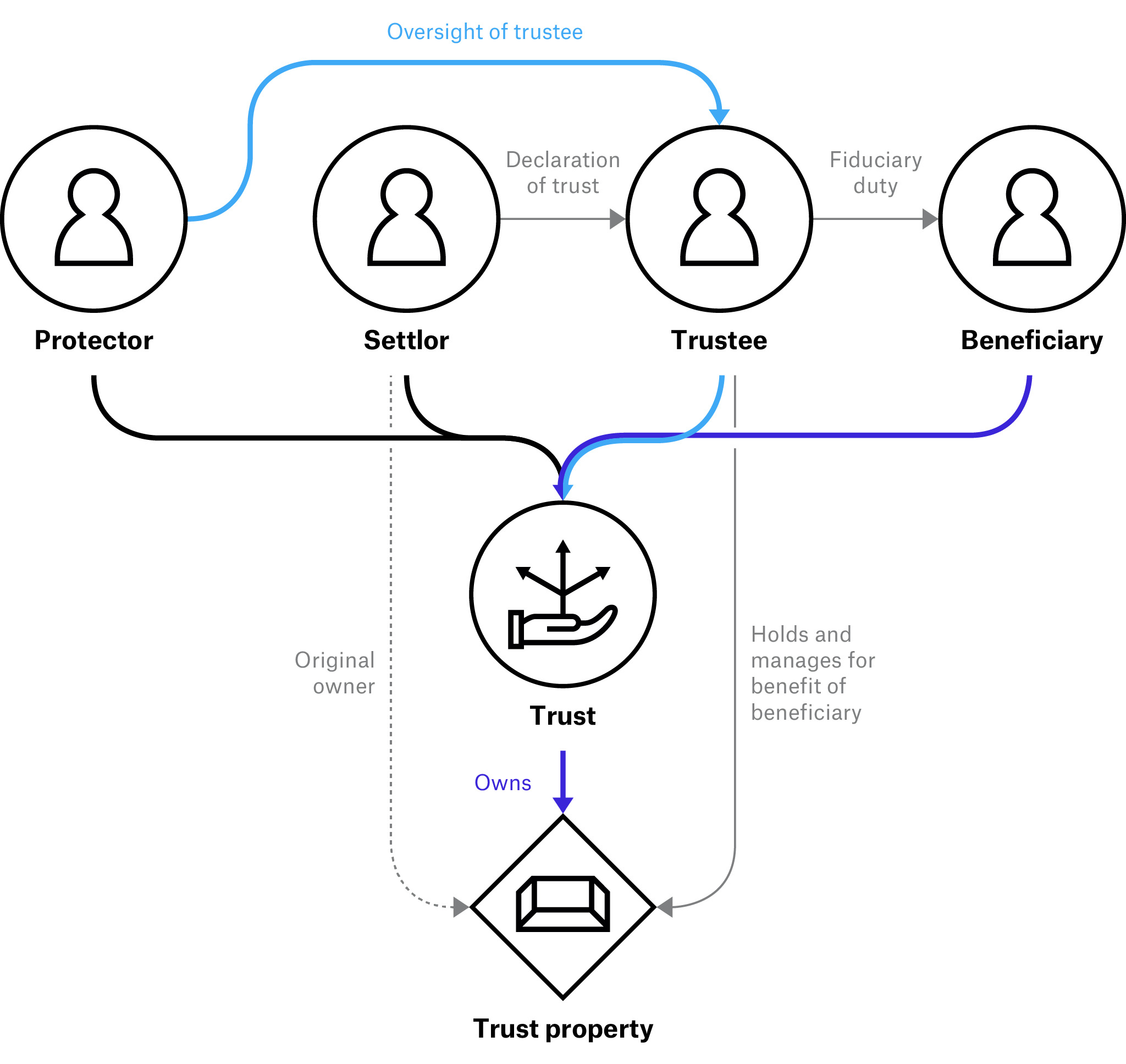#QuickBiteCompliance Day 109
What Is an Express Trust and How Do Bad Guys Misuse It?
Let’s say your grandma writes a note saying, “This jar of cookies is for my grandkids, and I trust my neighbor to look after it for them.” That’s kind of like an Express Trust!
An express trust is when someone (the settlor) intentionally sets up a legal arrangement, often written down, to manage their money or property for someone else’s benefit. It’s a great tool when used properly, like helping families or charities.
But here’s the problem: Bad guys can use express trusts to hide their crimes.
How Bad Guys Exploit Express Trusts
1. Hiding Money: Criminals use trusts to make it look like they don’t own anything. They put stolen or illegal money in a trust, so it’s harder for investigators to find it.
Example: A corrupt official might hide bribe money in a trust, saying it’s for their kids’ education.
2. Fake Beneficiaries: They create trusts with fake names or identities, so the real owners of the money remain hidden.
3. Layering Dirty Money: Bad actors use multiple trusts in different countries to confuse investigators. This process, called layering, is a common money-laundering trick.
4. Tax Evasion: Some use trusts to avoid paying taxes by pretending the money isn’t theirs anymore.
Why Does This Matter?
If express trusts are misused, they can fund illegal activities like terrorism, drug trafficking, or human trafficking. They also hurt everyday people by taking money away from governments or charities that need it.
What’s the Solution?
Transparency: Many countries now require trusts to register and disclose their real owners.
Vigilance: Compliance teams must carefully check the purpose and structure of trusts to spot red flags.
Education: By understanding how trusts work, we can close the loopholes bad guys exploit.
Let’s make sure express trusts are used for good—not for hiding crimes!
#FinancialCrime #AML #ExpressTrust #MoneyLaundering #ComplianceMatters #RiskManagement #StopFinancialCrime #InclusiveRegtech #OpenSourceAML
Source: https://www.acams.org/en/resources/aml-glossary-of-terms

